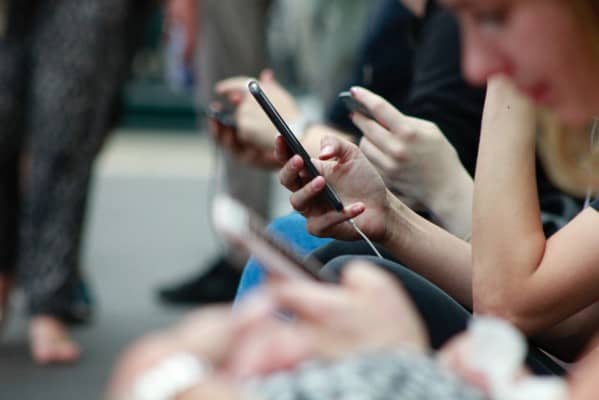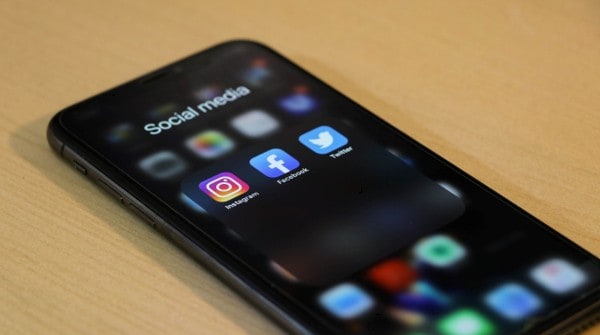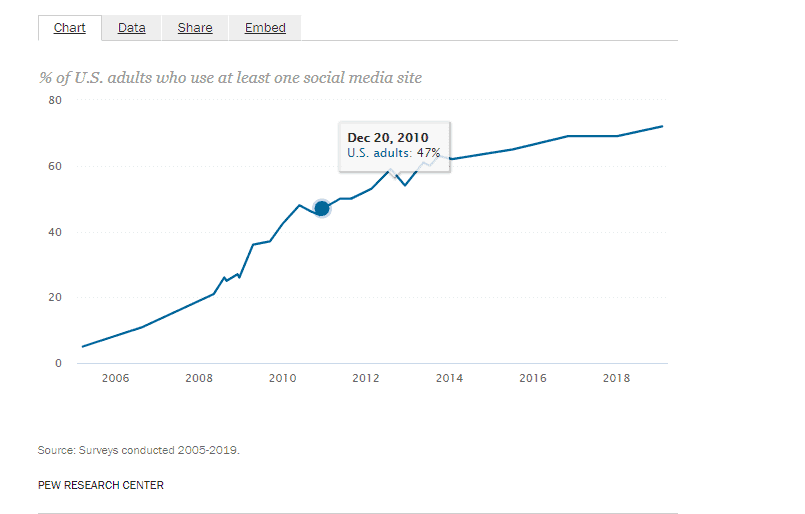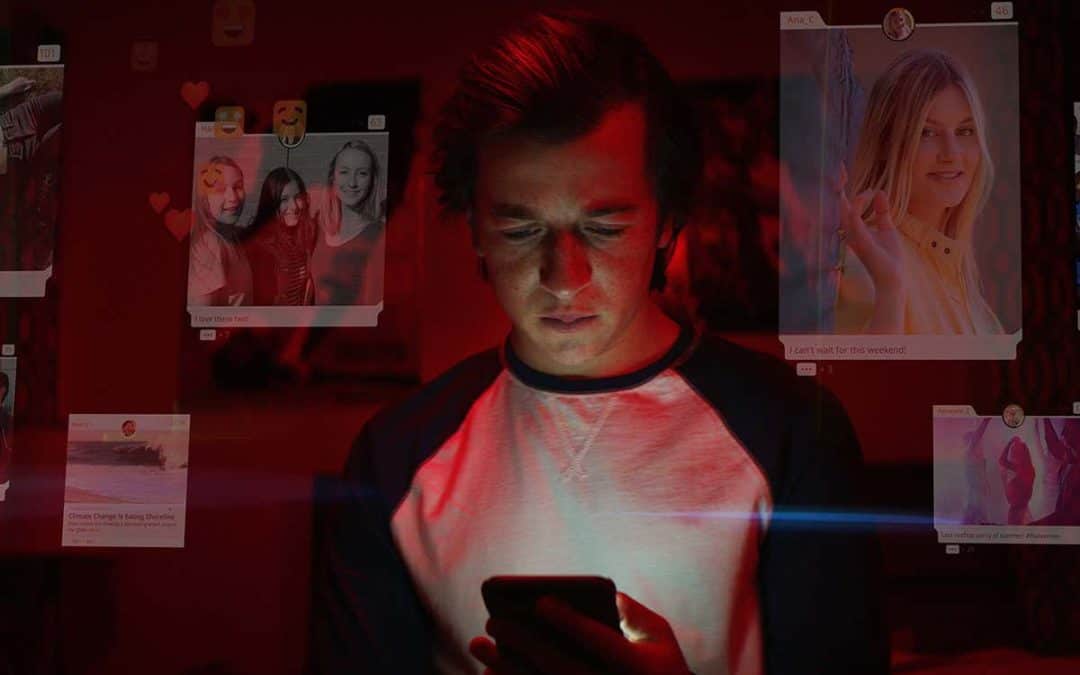Sure we all like to infinity scroll on Instagram every once in a while, but how much of the content that you ingest is chosen by you? You may find what “The Social Dilemma” documentary has to say about it surprising.
The very people creating social media apps we use divulge how the data they gather from their users are being used to promote addictive and profitable behaviour.
Originally the social media realm was created to help people connect, catch up, and come together on a global scale. However just as the colours and layouts of the platforms you use have changed, so have their intent and market. A focal point for social media companies has become capturing and monetizing human attention.
One tech executive reveals the obvious sign, “If you’re not paying for the product, you are the product.” The product in question can not be manufactured, as it is literally a “gradual, slight, imperceptible change in your own behaviour and perception.” (The Social Dilemma, 2020)
You may ask yourself why advertisers would be interested in any single persons’ attention. The answer is because in mass, by gathering billions of data entries from millions of users, they can guarantee marketing success. The certain positive performance of whichever product advertisers may be selling is invaluable. They want to know how we behave to better be able to predict and alter consumer behaviour.

Algorithms and The Danger They Pose
Algorithms are a process or set of rules a computer follows to achieve a specific task. In this case, it is developed to gather data on users. Once the data is accumulated it predicts the most enticing web journey possible for each individual type of user. One of its main functions is to calculate what you’ll be interested in and how to keep your eyes on the screen for as long as possible.
Of the multitude of developers working in technology only a select few understand how the system works, but still may not be able to predict its behavior. In ‘The Social Dilemma’ we learn that the algorithms are created to have a mind of their own, with unique goals and means and they grow smarter with every input of data.
Algorithms aren’t only used to collect data on its users, but also to “feed” users the most enticing content depending on their interests and tendencies. By doing this it can assure the greatest level of certain positive performance of marketing materials and increased screen time.
Bear in mind the algorithm does this with almost no human supervision, and it cannot differentiate between moral “right and wrong” as a human does.

Addicted To the Internet – Social Media’s Powerful Pull
Science News For Students explains Dopamine as a chemical sent into the brain when humans expect or receive a reward, the purpose of dopamine is to help alter behaviors to attain more rewards. When we feel rewarded we are more likely to continue a behavior and devote more of our attention to it.
The “Magical Maybe” is a term coined by American Neuroendocrinologist Robert Sapolsky, and refers to the moment in which an individual checks their phone and either does or does not find a notification. When a notification is found, dopamine levels in the brain surge but then quickly regress. Due to having been conditioned to continue actions that provide this influx of dopamine we find ourselves continually prompted to check for notifications.
This series of actions can also fall under the label of “Positive Intermittent Enforcement” which closely mimics the operation of a slot machine. The desire for a reward – or dopamine hit propels us to pull the lever over and over again.
One example ‘The Social Dilemma’ pulled was photo tagging – the user gets a notification, dopamine is released and once again they’ve been pulled back onto the platform. Even when a user is prepared to step away from their social media apps, they will usually call out to that person in the form of a notification to get all eyes back on the screen.
Intended Manipulation
Unfortunately at the center of most social media interactions in present times, there is deceit and manipulation. Social media companies have built persuasion into their technology and are using the vulnerabilities of the human mind to propel their cause.
Many executives who move onto major roles at social media companies are formally taught how the human mind is vulnerable and more specifically how to exploit those weaknesses.

What Are the Real-World Implications?
The real-world implications derived from social media come in the form of its ability to alter the mood and values of an entire generation, in addition to the prioritization of misinformation due to its popularity.
This is especially significant for the younger generation of users who will not be able to recall a time before social media existed. Statistics show that there has been a critical increase in cases of self-harm and suicide within the preteen and teenage population. This sudden increase came about between 2011-2013, aligning with the exact time there was an upturn in social media usage.
Perhaps the most alarming statistic is that of pre-teen female suicide increasing ten-fold over the rise of social media popularity (Tuohy, 2020). The British Journal of Psychiatry notes that “suicidal behaviors are often linked to mental disorders (especially mood disorders) at the individual level”. With social media’s tenancy to dramatically impact the moods and habits of an entire generation, this can be considered especially disconcerting.
The documentary explains that humans have evolved to seek approval of our communities, but that we are ill-prepared to have social approval being continually dosed to us. These fake short-term bursts of what is perceived as validation ultimately leave users feeling vacant and empty. The social validation feedback loop is designed to exploit weaknesses in the makeup of our psyche. Everyone is under pressure to project a sense of perfection that ultimately takes over self-worth and creates anxious, fragile, and depressed people.

The chart above displays the escalating trend of social media use beginning in the early 2000s.
Beyond that, the spread of false information to the benefit of political parties or extremist groups is largely promoted in social media. There are very few barriers for these types of groups to run propaganda type messages and amass groups of like-minded or easily influenced people. Often, fictional or exaggerated information is presented in a repetitive pattern on multiple channels and users begin to accept the reality of the information they’re presented.
For example, the documentary mentions false news spreading at a rate of 6 times faster than factual information on Twitter, simply because its more exciting, engaging, and profitable.
This is a direct example of why relying on algorithms so heavily can be dangerous, as they “haven’t got a proxy for the truth that’s better than a click.”
The takeaway
While social media was created as a tool for global connection, we do have to be aware of some of the negative implications it may have. The documentary makes a solid case against the use of social media applications, but the take way may just be to be more aware of the bigger forces at play. To consciously avoid falling prey to the never-ending rabbit holes of stimulating content. The Social Dilemma calls for industry giants to become more accountable in regards to protecting their users – especially the young ones.
How do you feel about social media’s expertly calculated allure? Do you find yourself scrolling for hours or allowing what you see on social media to affect your moods?
Citations
Macit, Hüseyin & Macit, Gamze. (2018). Affects of Social Media Addiction, A Survey.
Demographics of Social Media Users and Adoption in the United States. (2020, June 05). Retrieved October 01, 2020, from https://www.pewresearch.org/internet/fact-sheet/social-media/
Kõlves, K., & Leo, D. (2018, January 02). Suicide rates in children aged 10–14 years worldwide: Changes in the past two decades. Retrieved October 01, 2020, from https://www.cambridge.org/core/journals/the-british-journal-of-psychiatry/article/suicide-rates-in-children-aged-1014-years-worldwide-changes-in-the-past-two-decades/C774A770AE13F1B583F0800F9DB81613/core-reader
Tuohy, W. (2020, September 27). ‘It makes you want to throw your phone in the bin’: The film turning teens off social media. Retrieved October 01, 2020, from https://www.theage.com.au/national/victoria/it-makes-you-want-to-throw-your-phone-in-the-bin-the-film-turning-teens-off-social-media-20200926-p55zhi.html
Newton, C. (2020, September 16). What ‘The Social Dilemma’ misunderstands about social networks. Retrieved October 01, 2020, from https://www.theverge.com/interface/2020/9/16/21437942/social-dilemma-netflix-review-orlowski-sarah-zhang-memo-facebook-buzzfeed

Recent Comments